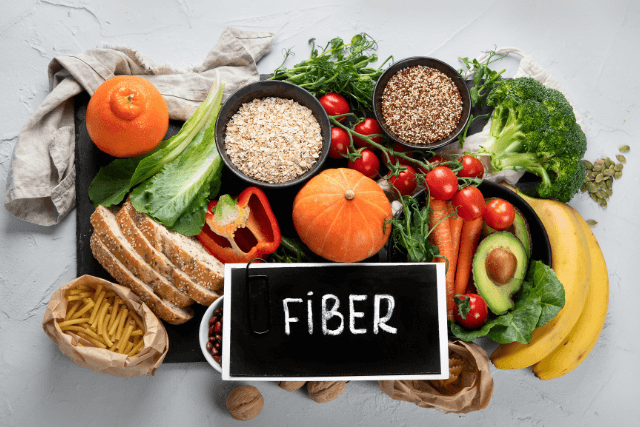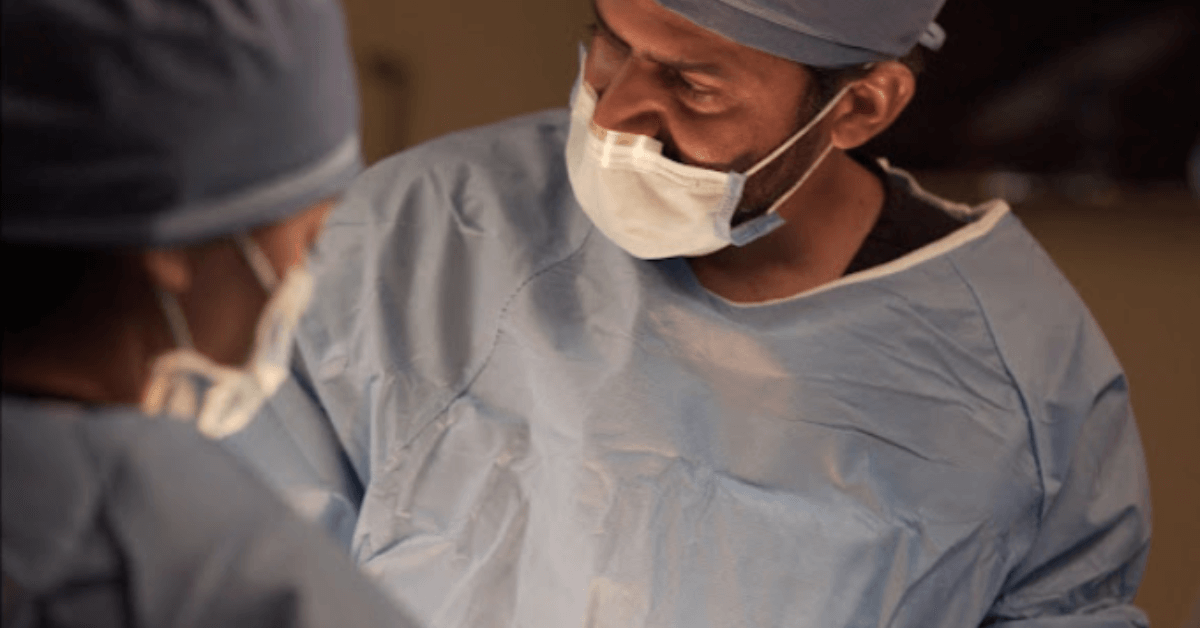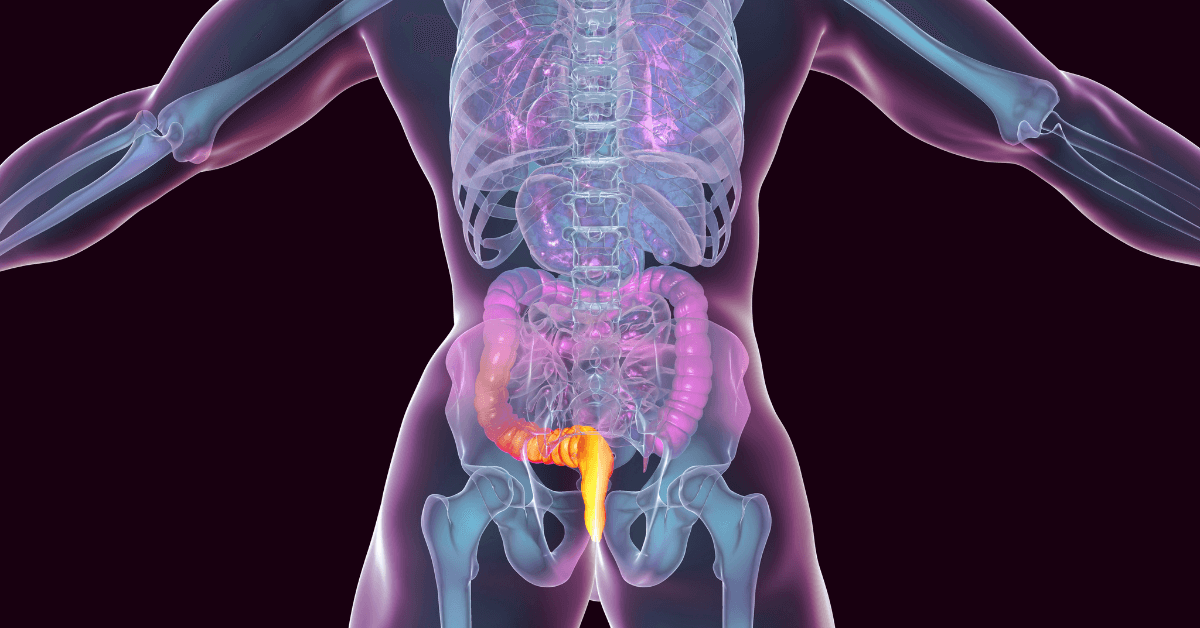An anal fistula is a small tunnel-like structure that forms between the skin near the anus and the inside of the anus or rectum. It often develops after an infection in the anal glands, leading to the formation of an abscess. Understanding the symptoms of anal fistula is crucial because early detection can help in effective treatment and prevent the condition from worsening. If left untreated, it can cause significant discomfort and lead to complications.
In this blog, we will explore the common symptoms of anal fistula, the signs you shouldn’t ignore, and how to seek appropriate medical help. By being aware of these symptoms, you can take steps toward better health and avoid unnecessary suffering.
What is an Anal Fistula?
Before diving into the symptoms, it’s essential to understand what an anal fistula is. As mentioned, an anal fistula is a small tunnel that connects the skin near the anus to the anal canal or rectum. It typically forms after an abscess has drained or healed, leaving behind a small passage. In many cases, this condition is a result of an infection or inflammation in the anal glands.
The symptoms of anal fistula vary depending on the severity of the condition. Early symptoms might be mild, but if left untreated, they can worsen, leading to significant discomfort and complications.
Common Symptoms of Anal Fistula
If you’re wondering whether you may have an anal fistula, here are some of the most common symptoms of anal fistula to look out for:
1. Pain or Discomfort Around the Anus
One of the first and most noticeable symptoms of anal fistula is pain or discomfort around the anus. This pain can range from mild to severe and is often worse during or after a bowel movement. It may also feel more intense when sitting for long periods.
2. Persistent Skin Irritation
Skin irritation near the anus can also be a sign of an anal fistula. You might notice redness, itching, or a rash around the anus. This irritation occurs because the tunnel formed by the fistula can drain pus or fluid, irritating the surrounding skin.
3. Pus or Blood Discharge
A secondary symptom of anal fistula is the discharge of pus or blood from the opening near the anus. This discharge can be foul-smelling and might be intermittent or constant. You may notice the fluid on your underwear or toilet paper after using the bathroom.
4. Swelling or Tenderness
The area around the anus may become swollen or tender due to an anal fistula. This swelling can be painful to the touch, and you may feel a lump or bump near the anus. Swelling is often a sign of infection or inflammation in the anal canal.
5. Recurrent Anal Abscesses
An anal abscess is an infection in the tissue around the anus. If you have a history of recurrent abscesses, it could be a symptom of anal fistula. The abscess may drain on its own or require medical intervention. If an abscess doesn’t heal properly, it can develop into a fistula.
Why You Shouldn’t Ignore the Symptoms of Anal Fistula
If you experience any of the symptoms of anal fistula, it’s important not to ignore them. Left untreated, anal fistulas can lead to more serious complications, including:
- Chronic infection: The tunnel can trap bacteria, leading to persistent infection and worsening symptoms.
- Fecal incontinence: In severe cases, an anal fistula can damage the muscles responsible for controlling bowel movements, resulting in difficulty controlling stool.
- Abscess formation: Recurrent abscesses can develop, causing pain and swelling, and can eventually lead to the fistula.
By seeking treatment early, you can avoid these complications and improve your chances of a quicker recovery.
When Should You See a Doctor?
It’s essential to seek medical attention if you notice any of the symptoms of anal fistula. A healthcare professional will examine the area and may conduct further tests, such as an imaging scan or an exam under anesthesia, to determine the severity of the condition.
If you experience the following, you should definitely see a doctor:
- Severe pain or discomfort that doesn’t improve.
- Discharge of pus or blood from the anus.
- Persistent swelling or tenderness around the anus.
- Fever or chills, which may indicate an infection.
A doctor can provide you with a proper diagnosis and recommend the appropriate treatment options to address the condition.
Treatment Options for Anal Fistula
There are several treatment options available for anal fistulas, depending on the severity and location of the fistula. Here are some common treatments:
Surgical Procedures
Surgery is the most common treatment for anal fistulas. The goal of surgery is to remove the fistula or repair it to prevent further complications. There are different types of surgery, including:
- Fistulotomy: This procedure involves cutting open the fistula to allow it to heal from the inside out.
- Seton placement: A seton (a surgical thread) is placed in the fistula to help it drain and heal slowly.
- Flap surgery: In cases of more complex fistulas, a flap of tissue may be used to cover the fistula and promote healing.
FiLaC® Laser Treatment
FiLaC® (Fistula-Tract Laser Closure) is a minimally invasive procedure that offers faster recovery compared to traditional surgical treatments. It involves using a laser to close the fistula tract, leading to less pain, quicker healing, and a reduced risk of recurrence. This option is especially useful for complex or recurrent fistulas and is a less invasive alternative to more traditional surgeries.
Non-Surgical Treatments
In some cases, non-surgical treatments may be used to manage the symptoms of anal fistula or prevent further complications:
- Antibiotics: If an infection is present, antibiotics may be prescribed to treat it.
- Drainage: If there’s an abscess, it may be drained to relieve pain and allow the fistula to heal.
- Fistula plug: A fistula plug is a device that is inserted into the fistula to promote healing by encouraging tissue growth.
Home Care and Lifestyle Changes
While medical treatment is necessary for managing anal fistulas, there are some lifestyle changes and home care strategies that can help ease symptoms:
- Maintain good hygiene: Keep the area clean and dry to reduce the risk of infection
- Warm sitz baths: Soaking in a warm bath can help soothe pain and reduce inflammation.
- Dietary changes: Eating a high-fiber diet can prevent constipation and reduce strain during bowel movements.

Risk Factors for Anal Fistula
Certain factors increase your risk of developing an anal fistula. These include:
- History of anal abscesses: Recurrent abscesses can lead to the formation of a fistula.
- Crohn’s disease: This inflammatory bowel condition can cause fistulas in the digestive tract
- Diabetes: People with diabetes are more prone to infections and delayed healing.
- Previous surgeries: Surgery near the anus can increase the risk of fistula development.
If you have any of these risk factors, it’s essential to be more vigilant about monitoring for symptoms of anal fistula and seeking timely treatment.
How to Prevent Anal Fistula
While you can’t always prevent an anal fistula, there are steps you can take to reduce your risk:
- Treat abscesses promptly: If you have an anal abscess, seek medical attention early to prevent it from developing into a fistula.
- Eat a balanced diet: A diet high in fiber can help prevent constipation and reduce the risk of anal trauma
- Practice good hygiene: Keeping the area clean and dry is key to preventing infections.
Conclusion: Don’t Ignore the Symptoms of Anal Fistula
In conclusion, recognizing and addressing the symptoms of anal fistula is crucial for your overall health and well-being. While this condition may be uncomfortable and embarrassing, seeking medical help early can prevent complications and lead to a faster recovery. Whether through surgical procedures or lifestyle adjustments, there are effective treatments available to manage anal fistulas.
If you notice any of the symptoms mentioned above, we recommend scheduling a consultation with us as soon as possible. The sooner you take action, the easier it will be to manage the condition and prevent more serious health issues down the road.



